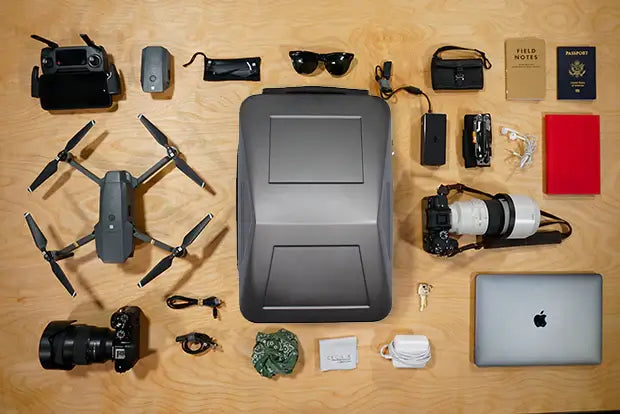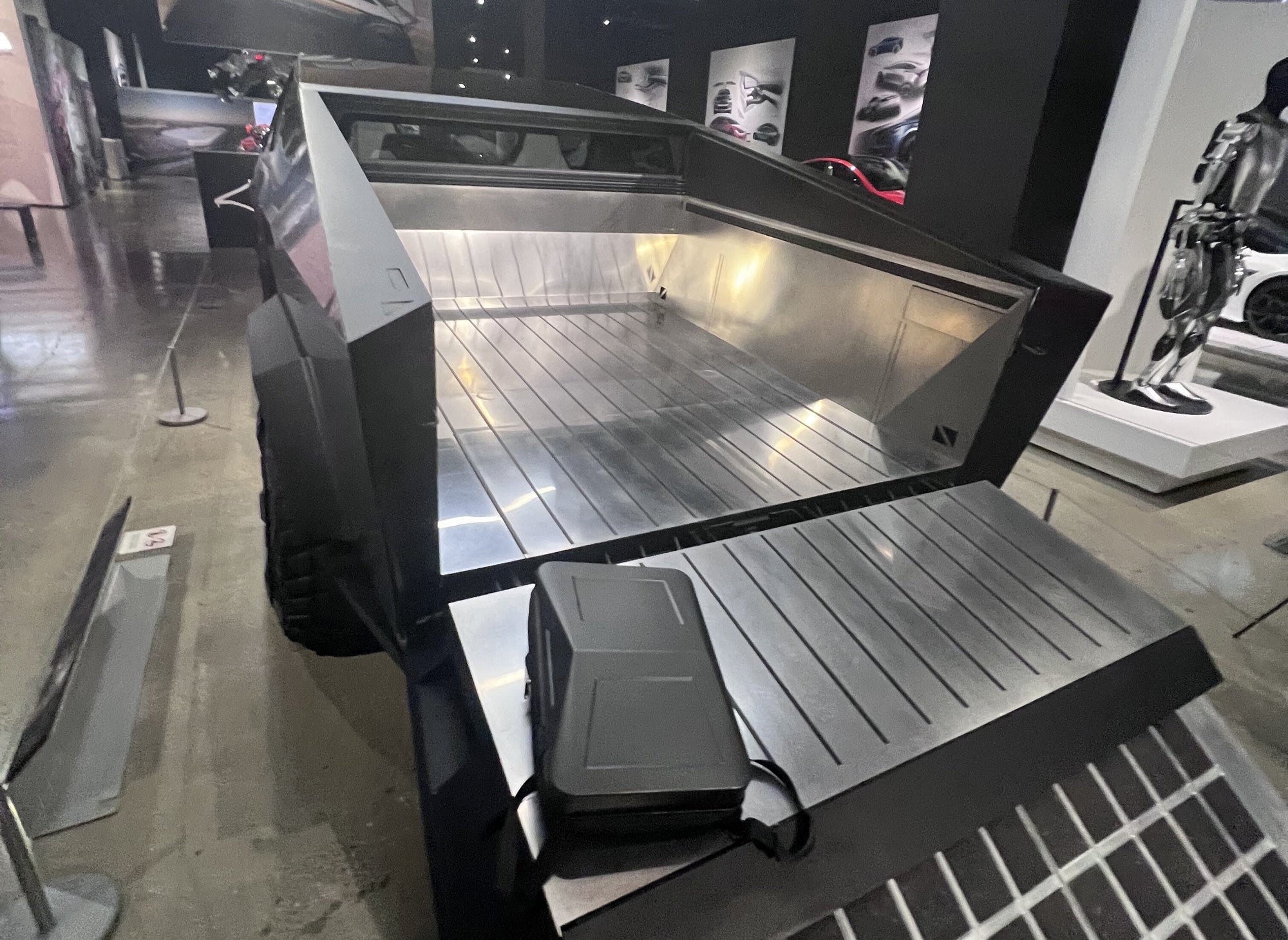How to Build an Iconic Brand - The Genius of Tesla's Cybertruck
There is no questioning Tesla’s success. The iconic automotive manufacturer is one of the highest valued American car companies in history. It's worth taking a deeper look at how Elon Musk developed the legendary Tesla brand. There is a lot to learn here for budding entrepreneurs and brand strategists alike.
It's always disruptive businesses like Tesla that garner an amazing amount of attention – attention that paid advertisements alone cannot generate. And most of the coverage they get isn’t even from their own marketing.
We could even claim that Tesla could completely opt out of any marketing at this point, and they would still not only get sales but scale even beyond their current level solely on the basis of the secondary coverage that they receive.
We can just consider Tesla's Cybertruck launch, which was an excellent example of how to make something unforgettable. Like most others, you may have been taken aback by it, but you may have begun to consider pre-ordering one soon after.
Or you are one of the 300,000 who pre-ordered one in the first week following launch because you felt compelled to join the waiting list. Unless you’ve been living under a rock (or truck), it's impossible for anyone to not know about the Cybertruck, or have no opinion about it.
So how about we take a deep dive into the methods Elon Musk used to accomplish this feat:
Learn to Take Risks
Elon Musk made a brave decision to push boundaries and defy expectations. It would have been simpler for Tesla to create a spectacular but conventional electric drivetrain-powered truck. A quick search on google would bring up hundreds if not thousands of such designs. And going down this route would have been a lot safer too: no debate, no scrutiny by Wall Street, and no complex road to production.
All things considered, don’t you think that would’ve been really boring? You would’ve gotten a bland-looking truck that wouldn’t stand out. Other manufacturers could’ve easily copied its design and gotten away with it. No one would really care about it enough to still be talking about it.
Tesla has a track record of pushing boundaries. And this is not by chance. Their first car, the original roadster, used a Lotus Elise chassis but had an electric powertrain instead of a combustion engine. The electric drivetrain was novel and distinctive enough to make a lot of noise in the automobile industry (despite the EV itself being, well, quiet).
The Model S came with an all-new design that was sleek and unmistakable from the exterior, but not exactly futuristic, and it first sported a visual front that almost appeared like a grill.
Tesla probably wanted the Model S to seem like a regular car that happened to be electric, but there was a surprise inside: the enormous screen in the center console. When Tesla first introduced the Model X, its falcon wing doors and bio-hazard mode struck out.
Once again, Tesla welcomed all of the attention. The Model 3 defied expectations again. While the outside resembled a smaller Model S, the inside received mixed coverage. It was unlike anything on the market. Tesla chose to create a cockpit that was drastically minimalistic.
There was only one large screen. Again, this was a divisive choice at the time. However, when Ford unveiled the Mustang Mach-E to compete in 2019, its cockpit design shared many similarities with Tesla's Model S. The market had started to assimilate Tesla’s design practices.
And then came the Cybertruck.
Cybertruck tests the boundaries of design at a time when the competition has embraced previously contentious innovations. The Cybertruck is so daring, outrageous, and disruptive that no manufacturer would dare to imitate it. For the time being, the hazards are simply too great.
Making heads turn
If you’re able to pull it off, being controversial can also be a great power move. And it has to be genuine, people today are very enthusiastic about spotting inauthenticity. Pushing the limitations as far as Tesla went with Cybertruck qualifies as eccentric, and hence authentic for Elon Musk; yet, such a move would be unfathomable for regular automobile makers. It would seem crazy to their customers.
The objective is to meaningfully defy expectations in order to pave the way for a brighter future. Because, in a world of plenty, attentiveness is in short supply. The world is moving fast, and no one really cares about you unless you force them to pay attention.
However, being different might help you break through. It opens up a plethora of chances for raking in potential clients.
As an example, when Twitter first debuted, people either liked it or thought it was stupid. It became polarizing. Those who were enthralled by it advocated heavily for its use.
Those who disliked it also contributed to its challenges in public perception. Reaching an objective consensus was impossible as opinions were so clearly divided.
Another example is presidential campaigns in the United States. Bernie Sanders' choice to label himself a "democratic socialist" drew criticism, but it also drew attention and electrified his supporters. And not to mention Donald Trump's capacity to polarize both enraged and attracted the world's attention on a daily basis.
However, there is a catch for brands. It will backfire if it is not genuine. The polarizing element must be motivated by a firm belief in being superior by being different.
Provocation alone does not work in business. There must be a connection to value, and the provocation must be consistent with the brand's basic values.
Delivering on promises
One of the most exciting parts of the Cybertruck announcement was that Elon Musk had long teased the outlandish EV he was launching. Surprisingly, no one believed him when he suggested the vehicle would look like something out of Bladerunner.
Everyone anticipated something far less contentious. It's a strong move to announce exactly what you intend to do and then accomplish it. It's more effective now since customers have been trained to dismiss most of what businesses say.
Many product introductions use phrases like "radical," "unique," "all-new," "disruptive," or "one of a kind." However, the majority of these items fall far short of these expectations.
When Elon Musk teased the Cybertruck’s specifications, people were very dismissive of them. And therein was the mystery: what will Elon Musk actually do? Because what he has told us cannot simply be true.
That would be "crazy." People were stunned when he delivered his promise. It's legendary to deliver. Elon Musk did something similar in 2006 when he revealed "The Secret Tesla Motors Master Plan" on his blog many years before implementing the plan flawlessly.
Conclusion
It’s an important lesson in business: Be anything but boring. Tesla’s is a story to tell for years to come. A story that has important lessons for any business. The homogenized practices of the past are anachronistic now. Building successful brands now require a fearless amount of self-acceptance. Owning your personality is the surest road to success in today’s market.











